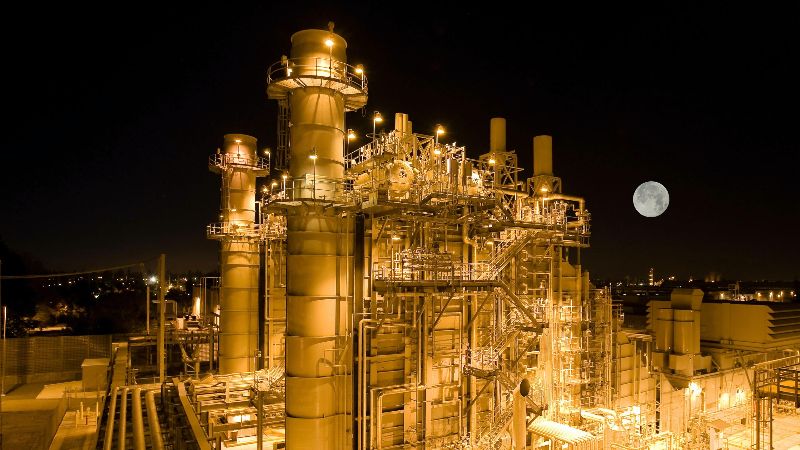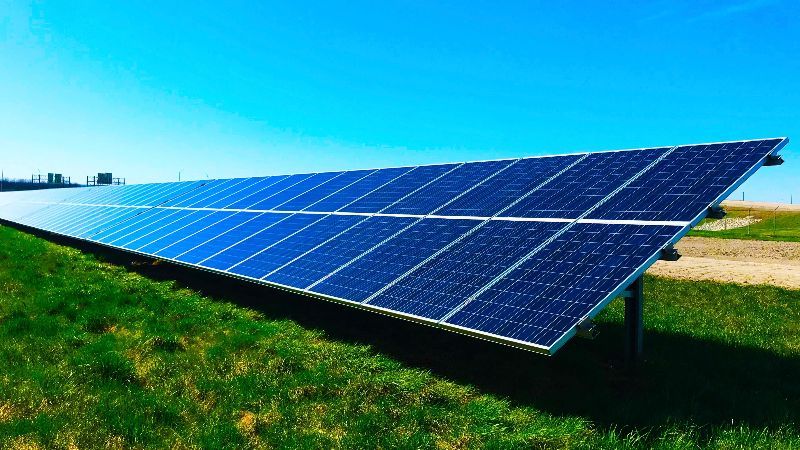The Ad Hoc Gist: Is Natural Gas Slowly Flaming Out?
Welcome back to the Ad Hoc Gist!
From catastrophic fires to Greek-named hurricanes to a critical election that will determine whether the U.S. has any hope of achieving net-zero carbon emissions by 2050 (and a few other things!), there’s a lot going on…
In this quarter’s Gist, we focus on natural gas, which has found a prominent place in the presidential campaign in the battleground state and home of fracking—Pennsylvania. But the current debate misses the point. While the US natural gas boom of the last decade has lowered emissions, mostly by displacing coal, the next ten years look much less bright for the blue flame. A tipping point for natural gas is approaching, if not already here, and a combination of policy and tech promises to forge a different, cleaner future.
In other news, I released a new mini-season of my podcast, Technopolis, focused on the impact of Covid on our cities. We’ve gotten involved in Clean Energy for Biden (see below for an exciting 10/19 event). And we brought on a new client, Pano, that has built a tech platform to help utilities and governments detect wildfires before they inflict irreparable damage.
Have feedback on the Gist or an idea for our next one? Drop me a line at jim@theadhocgroup.com. And if you know someone who might also be interested in this content, please forward this email to them (they can also sign up right here).
Onwards,
Jim
October 15, 2020

Is Natural Gas Flaming Out?
Utilities are looking beyond their gas businesses
- In June, PG&E made waves for supporting CA’s ban on natural gas in future projects
- 13 of the 30 largest U.S. utilities—Eversource, Avangrid, Con Edison, Entergy, Sempra, Pinnacle West Corp, PSEG, Southern Co, Dominion, Duke, DTE, NRG, and Xcel—all have zero, net-zero, or 100% clean energy by 2050 targets
- For many, their carbon targets will require shuttering gas pipelines and generation plants; NYPA already plans to shut its gas peakers and replace them with batteries
- John McAvoy, CEO of ConEd affirmed this point when he said recently that "...natural gas...is no longer...part of the longer-term view"
- Gas companies are getting creative; Eversource and Niagara Mohawk are exploring investments in district geothermal loops, while many utilities are looking to inject alternative fuels (e.g. hydrogen) into their current infrastructure
Gas pipelines are closing down and Covid is hitting gas jobs hard
- Over the summer, the Atlantic Coast Pipeline was closed
- the Dakota Access Pipeline was shut down
- the Supreme Court upheld an order to shutter the Keystone Pipeline
- A Deloitte report found that of the 107,000 oil and gas jobs lost since March, 70% won’t return
Research shows renewables are more economically viable than natural gas
- A Moody’s Report predicts long-term risks for natural gas investments citing legal challenges, low renewable energy prices, and regulatory risk
- An RMI study shows that in the U.S.’s most competitive power markets, PJM and ERCOT, renewables are cheaper to build than natural gas projects
- Wood Mackenzie finds that by 2023, solar will be cheaper than natural gas “almost everywhere in the world”
Moving away from natural gas means moving towards clean heat and more flexible distributed energy. Natural gas is currently responsible for 35% of electricity production in the U.S. Transitioning away from it means massive market opportunities for wind, solar and new renewable energy sources. Natural gas also heats more than half of all homes in the U.S. The transition from natural gas means opportunities for electric home heating and cooling technologies at a massive scale.
Startups will be needed to accelerate the transition. Indoor heating and cooling startups like Dandelion Energy (an AHG client), BlocPower, 75F, and Transaera, and smart-home startups like EnVerid can support electric alternatives. Meanwhile, given the complexity of a DER-dominated grid and fueled by FERC’s important new Order 2222, a broad range of startups like Stem, Blueprint Power, ConnectDER, Leap, Voltus, OhmConnect, Virtual Peaker and many more can provide flexibility in a cleaner and more distributed electric grid.
The Biden climate plan is bold, but largely silent on natural gas and clean heat. While setting ambitious carbon reduction goals, it leaves out mention of natural gas and doesn’t include a roadmap for decarbonizing heat. A goal to reduce building emissions 50% by 2035 is the closest proxy. If Biden wins, his team will need to develop a more detailed strategy to manage the transition away from natural gas as a heating fuel and electricity source. They might look to New York, a state with rich incentives and ambitious goals for air source and ground source heat pumps, or at Rewiring America’s bold plan to electrify everything.
News from Our Network
From our clients:
Dandelion Energy made Fortune’s Impact 20, a list of young companies making people’s lives better. Dandelion also entered a new market, Connecticut.
Utility API CEO, Devin Hampton started a new organization, Empowering Diversity In Clean Tech, (EDICT).
Aquify was a winner of the Haverford Award, which spotlights the top companies working with local government.
Radiator Labs was a winner of NYC’s Carbon Neutrality Innovation Challenge, which aims to find path breaking solutions to building efficiency.
From our friends and colleagues:
Jim joins Alex Laskey, Adam Zurofksy, Michael Skelly, and many more in hosting a Campaign Conversation on Climate between Stephen Colbert and Senator Kamala Harris on October 19.
The Urban-X team are welcoming applications for their climate-focused Cohort 09 due October 22, 2020.
Andrew Salzberg, former Uber policy brain now a Fellow at Harvard, has a newsletter on decarbonizing transportation that is a great read.
Eric Jaffe and Vanessa Quick from City of the Future, the pod from Sidewalk Labs, are back with an important episode about making buildings more energy efficient.
Everyone’s favorite cleantech voice, Stephen Lacey, is producing a new climate pod, A Matter of Degrees.
Reasons for Hope, Reasons for Despair
Hope.... Biden’s climate plan includes a $300 bn R&D fund focused on “breakthrough technology”. That’s 5x all the money that has been invested in clean tech globally since its inception. (For reference, a report from PWC tallied total climate tech investment at $60 bn to date).
Despair… A chilling investigation by ProPublica and the New York Times charts climate disruption across the U.S. that could lead to significant climate migration; 93 million people in the U.S. will experience severe changes; 4 million could find their neighborhoods uninhabitable.


